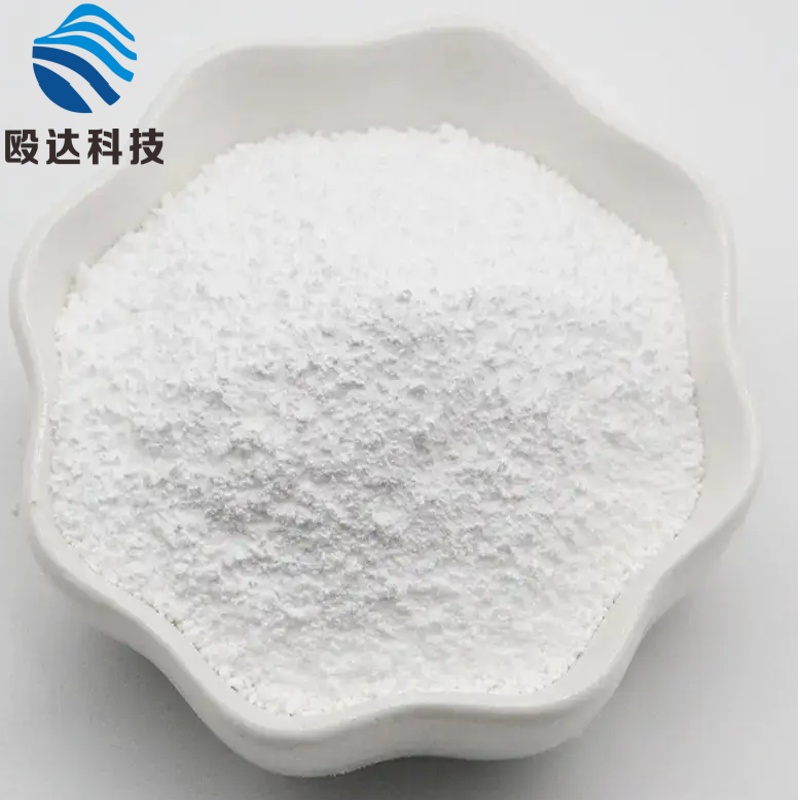-
Categories
-
Pharmaceutical Intermediates
-
Active Pharmaceutical Ingredients
-
Food Additives
- Industrial Coatings
- Agrochemicals
- Dyes and Pigments
- Surfactant
- Flavors and Fragrances
- Chemical Reagents
- Catalyst and Auxiliary
- Natural Products
- Inorganic Chemistry
-
Organic Chemistry
-
Biochemical Engineering
- Analytical Chemistry
- Cosmetic Ingredient
-
Pharmaceutical Intermediates
Promotion
ECHEMI Mall
Wholesale
Weekly Price
Exhibition
News
-
Trade Service
Polypropylene lithium battery diaphragm biaxial tensile testing machine Applicable materials: polypropylene PP, polyethylene PE, PET, PPVDF and other membrane static biaxial stretching
.
The improvement of the properties of the polyolefin film after biaxially oriented polyethylene/polypropylene is (1) the tensile strength and elastic modulus are significantly increased (2) the impact strength and bending resistance are increased (3) the cold resistance and heat resistance are improved ( 3) The refractive index is increased, the surface gloss is improved (4) The material utilization rate is high (5) The electrical insulation performance of the film is improved and many other performances are improved
.
At present, the marketed lithium-ion battery separators are mainly polyolefin separators based on polyethylene and polypropylene
.
Reference standard: GB T 36363-2018 Polyolefin separators for lithium ion batteries DB44/T 1152-2013 Polyethylene separators for lithium ion batteries GB/T 1040.
3—2006 "Testing of plastic tensile properties" ASTM D882-10 "Standard Test Method for Tensile Properties of Thin Plastic Sheeting》Tension test fixture: Generally, pneumatic clamps are recommended for diaphragm tensile testing, which greatly improves the test speed while avoiding the operator's reciprocating manual clamping.
The slip phenomenon caused by the artificial clamping is too loose, which further improves the data stability
.
At the same time, in order to meet the operating habits of different personnel, the manual switch on the pneumatic auxiliary device can also be used for closing and releasing operations, providing users with great convenience
.
Tensile test steps: 1.
The main engine with various test strokes can meet the tensile test of various types of diaphragms, fully meet the needs of customization and take into account the economy
.
2.
Refer to the standard ASTM D882 to design strip tensile test pieces, with a total length of 60 mm and a gauge length of 35 mm, which are divided into five groups of 5 mm, 10 mm, 15 mm, 20 mm and 25 mm according to the width
.
3.
The diaphragm was sandwiched between Cartesian graph paper, and the specimens were cut into test pieces along the machine direction (MD), transverse direction (TD) and two diagonal directions (+DD and -DD) with a razor
.
4.
The test was completed on a single-column tensile testing machine, the tensile speed was set to 25 mm/min, and the load cell range for force measurement was 100
N.
Tag: Biaxial Tensile Testing Machine for Polypropylene Lithium Battery Separator
.
The improvement of the properties of the polyolefin film after biaxially oriented polyethylene/polypropylene is (1) the tensile strength and elastic modulus are significantly increased (2) the impact strength and bending resistance are increased (3) the cold resistance and heat resistance are improved ( 3) The refractive index is increased, the surface gloss is improved (4) The material utilization rate is high (5) The electrical insulation performance of the film is improved and many other performances are improved
.
At present, the marketed lithium-ion battery separators are mainly polyolefin separators based on polyethylene and polypropylene
.
Reference standard: GB T 36363-2018 Polyolefin separators for lithium ion batteries DB44/T 1152-2013 Polyethylene separators for lithium ion batteries GB/T 1040.
3—2006 "Testing of plastic tensile properties" ASTM D882-10 "Standard Test Method for Tensile Properties of Thin Plastic Sheeting》Tension test fixture: Generally, pneumatic clamps are recommended for diaphragm tensile testing, which greatly improves the test speed while avoiding the operator's reciprocating manual clamping.
The slip phenomenon caused by the artificial clamping is too loose, which further improves the data stability
.
At the same time, in order to meet the operating habits of different personnel, the manual switch on the pneumatic auxiliary device can also be used for closing and releasing operations, providing users with great convenience
.
Tensile test steps: 1.
The main engine with various test strokes can meet the tensile test of various types of diaphragms, fully meet the needs of customization and take into account the economy
.
2.
Refer to the standard ASTM D882 to design strip tensile test pieces, with a total length of 60 mm and a gauge length of 35 mm, which are divided into five groups of 5 mm, 10 mm, 15 mm, 20 mm and 25 mm according to the width
.
3.
The diaphragm was sandwiched between Cartesian graph paper, and the specimens were cut into test pieces along the machine direction (MD), transverse direction (TD) and two diagonal directions (+DD and -DD) with a razor
.
4.
The test was completed on a single-column tensile testing machine, the tensile speed was set to 25 mm/min, and the load cell range for force measurement was 100
N.
Tag: Biaxial Tensile Testing Machine for Polypropylene Lithium Battery Separator







